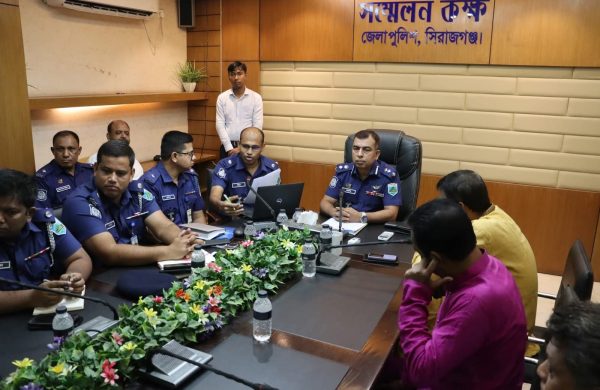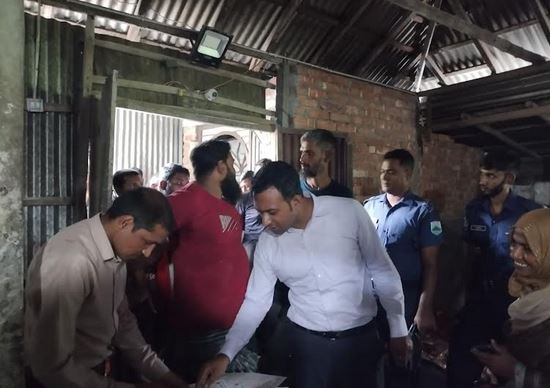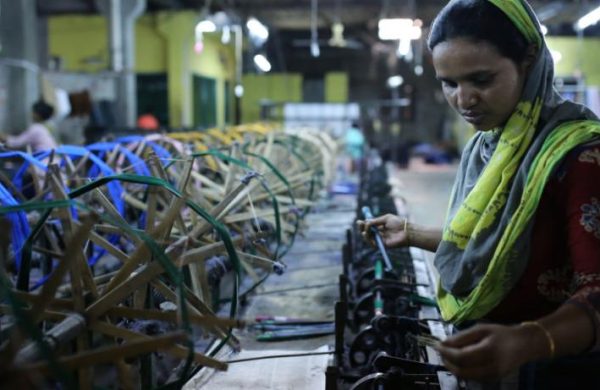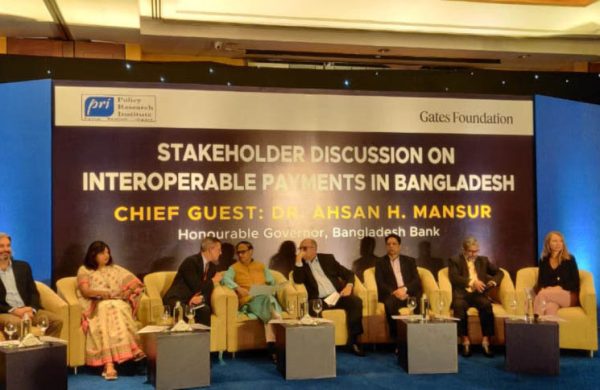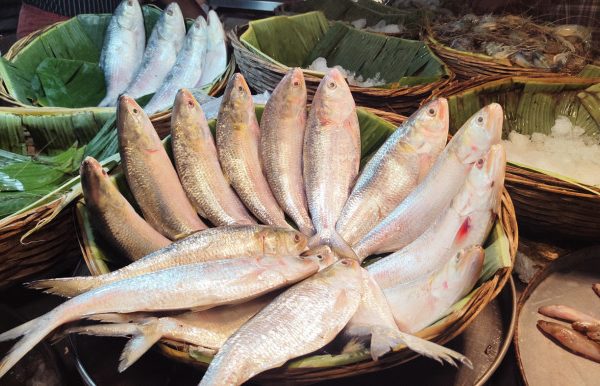Rajshahi mangoes to hit shelves on 15 May
- Update Time : Wednesday, May 7, 2025
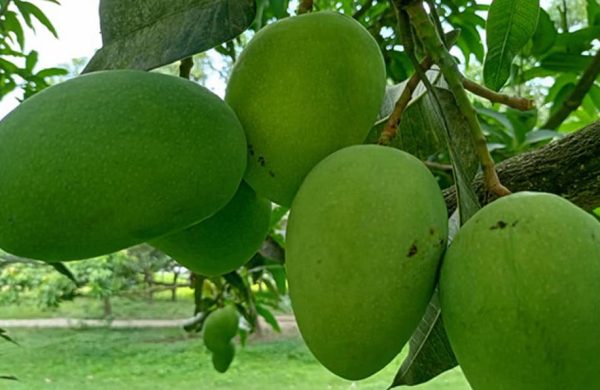
Rajshahi Correspondent:
The Rajshahi district administration has set the mango harvesting schedule for various orchards in the region, starting from 15 May.
The schedule was finalised on Wednesday (May 7) during a coordination meeting on mango harvesting, transportation, and marketing, held at the conference room of the Rajshahi Deputy Commissioner’s office.
The harvesting timeline was determined in consultation with various stakeholders, taking into account weather conditions and the physical maturity of the mangoes, said Rajshahi Deputy Commissioner Afia Akhter.
She said to ensure that fresh, pesticide-free, and fully ripe mangoes reach consumers, the district administration has fixed this schedule.
However, she warned that legal action will be taken against anyone found harvesting immature mangoes before the scheduled dates.
According to the schedule, all varieties of Guti mangoes can be harvested from 15 May, followed by Gopalbhog from 22 May, and Rani Pasand or Laxmanbhog from 25 May.
Himsagar or Khirsapat mangoes can be picked from 30 May, while Banana mango and Langra will be ready for harvest from 10 June. Amrapali and Fazli can be harvested from 15 June, BARI-4 from 5 July, Ashwina from 10 July, and Gourmoti from 15 July.
Deputy Director of the Rajshahi Department of Agricultural Extension, Umme Salma, said favourable weather has contributed to a good yield this season.
Rajshahi aims to produce 260,000 tonnes of mangoes from 19,603 hectares of orchards this year, and if no natural disasters occur, farmers are expected to meet this target, she said.
This year, the target for mango sales in Rajshahi district has been set at Tk1,695 crore 85 lakh 75 thousand 620.
FARMERS OPTIMISTIC ABOUT GOOD HARVEST
A visit to several orchards in Rajshahi revealed clusters of mangoes hanging from the trees, with farmers actively tending to them through regular care and maintenance.
Akbar Hossain Sarkar, a mango grower from Sadipur village in Charghat, Rajshahi, experiments with new mango varieties alongside cultivating traditional ones. This year, he has orchards on 70 bighas of land.
“The trees have yielded plenty of mangoes this season, and the fruits are of good size,” he said, adding that the weather has been favourable for mango cultivation.
Altaf Hossain, another grower from Bodirhat in the same upazila, noted that while flowering was good early in the season, some mangoes dropped due to fog in February and March, and sudden rainfall a few weeks ago.
“Now the temperature is rising, which is also causing fruit drop. That’s why we are watering the base of the trees,” he said. “Still, the trees are holding up well.”
According to Charghat Upazila Agriculture Officer Al Mamun Hasan, mangoes have been cultivated on 4,903 hectares of land in Charghat this year, and the overall condition of the fruit is currently good.
In nearby Arani of Bagha upazila, grower Mahatab Uddin Badsha said despite some early fruit drop, mango yield appears to be two to three times higher than last year. “If farmers get a good price this season, they will surely benefit,” he added.
Shafiqul Islam Sana, another grower from the same upazila, stressed, “The government should ensure that farmers get a fair price for their mangoes.”
Bagha upazila in Rajshahi has the highest mango cultivation in the district, with orchards covering 8,000 hectares this year.
Bagha Upazila Agriculture Officer Shafiullah Sultan said they are advising farmers to spray water at the base of trees and on the leaves to protect the mangoes from intense heat.
Dr Shafiqul Islam, chief scientific officer at the Rajshahi Fruit Research Centre, noted that mango production this year is neither exceptionally high nor low – rather, it is at a moderate level.


